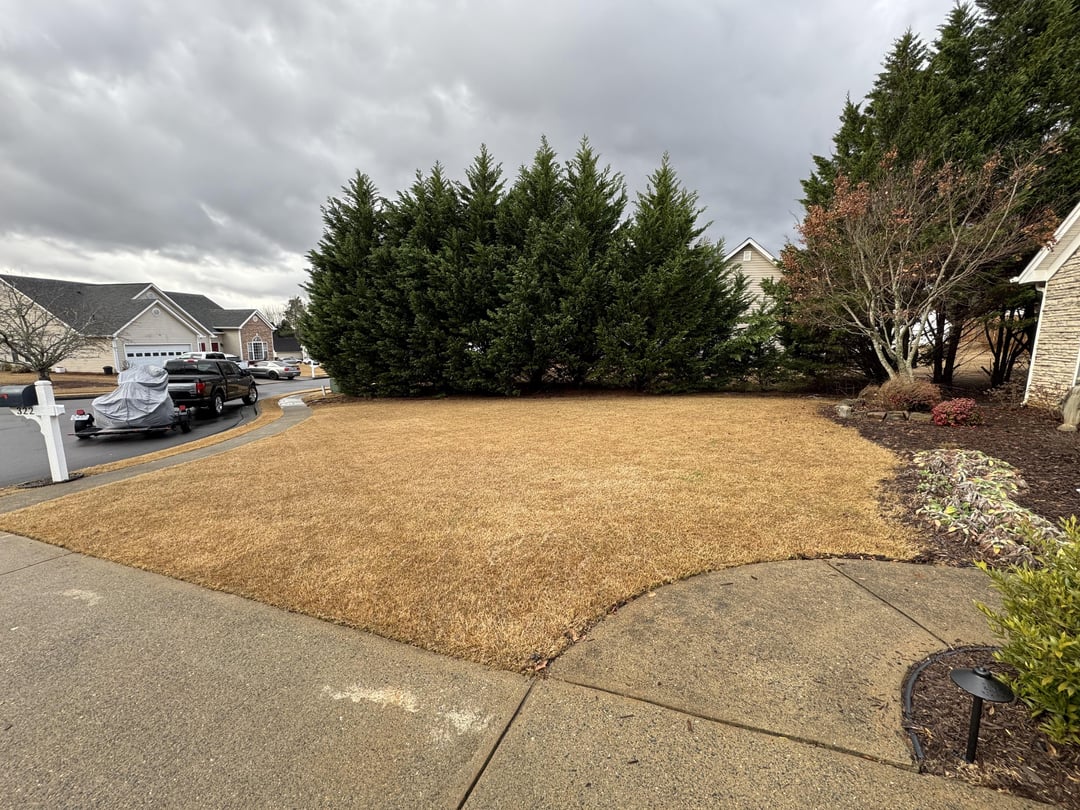

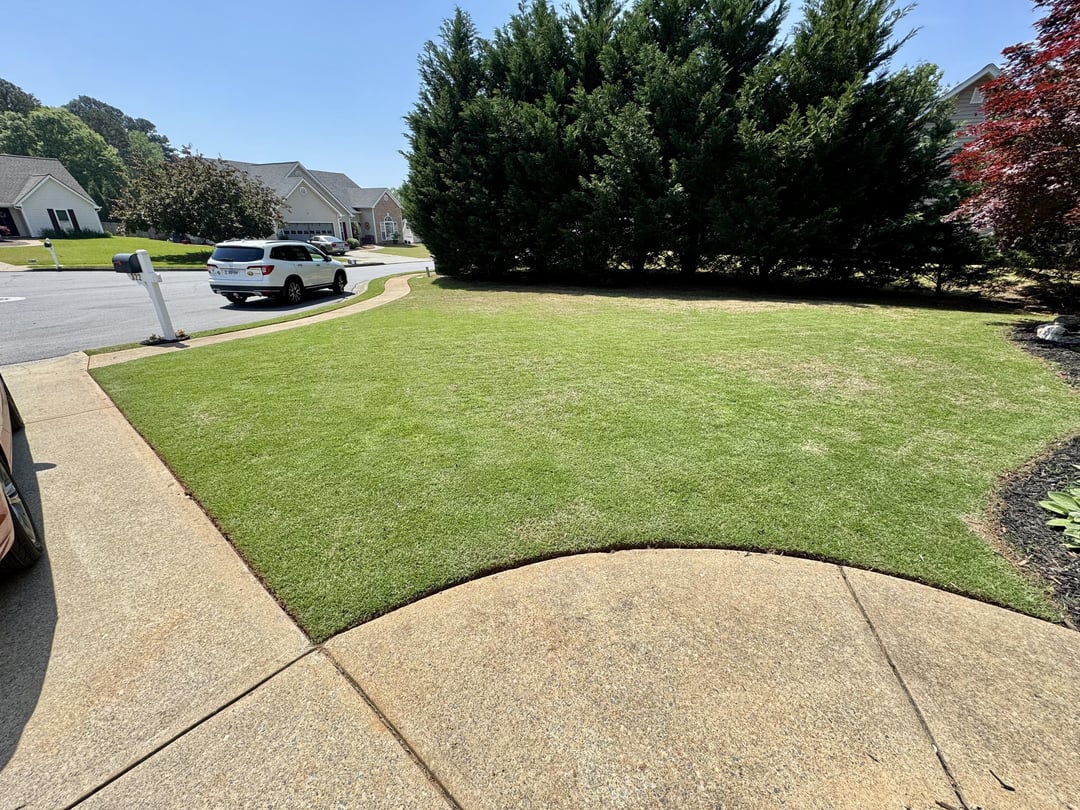

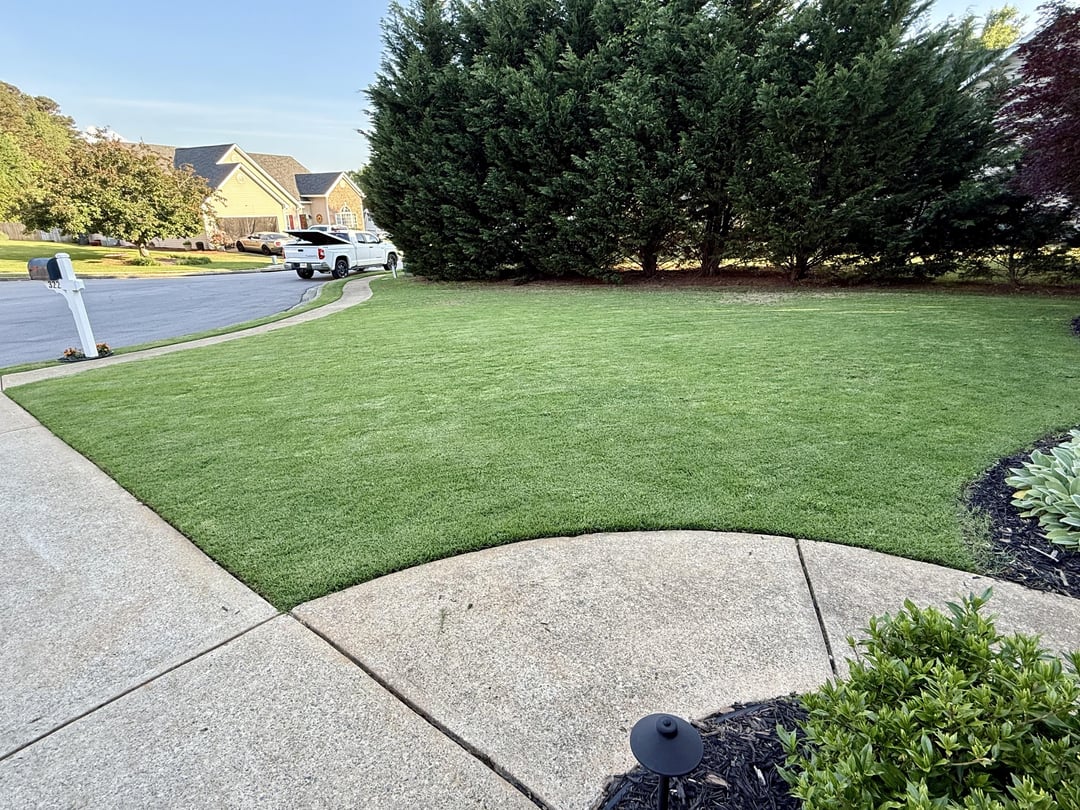
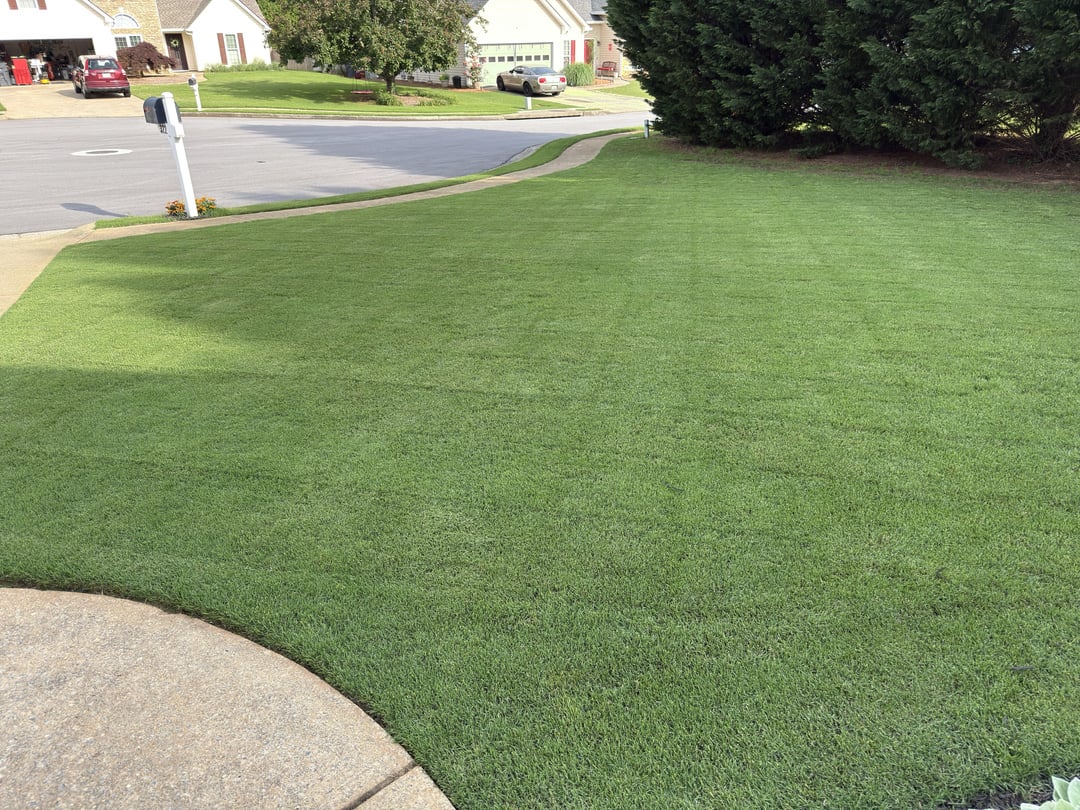
I figured I would share my lawn journey so far in our new home. My wife and I bought this home early summer last year so this is my first full season handling the lawn care.
Started the journey in early February when it was still 40F outside. Scalped all the thatch from the lawn and filled countless garden bags. My neighbors thought I was stupid but figured I should start early while the lawn was dormant.
After the scalp, I threw down some Humichar and Barricade to begin improving the spoil and try to get ahead of early spring weeds, mostly Poa Annua. (Long story short, I probably should apply twice a year, one in early Fall and one early spring)
As the temps began to rise in early March, I threw down some PGF Complete to begin adding Nitrogen to the soil as the grass began to come out of dormancy and started to green up.
Began to mow more frequently as the grass was waking up, from once a week to twice. Continued to mow at 1” to promote thickening of grass and fill in some bare spots.
In April, I threw down some more Humichar to continue amending soil and added more PGF Complete. The last week of April, I core aerated the lawn.
This brings us to May! The lawn is really thickening and green. Added some liquid iron in a garden hose sprayer and applied along with a light coating of DGL.
So far, I have the greenest, thickest, lawn on the block. Still battling Poa Annua, but I’ll likely grab some Image and continue to kill it. Next season I’ll get the pre-emergent down sooner.
I think I’m doing pretty well for a first time homeowner.
by FlatusSurprise

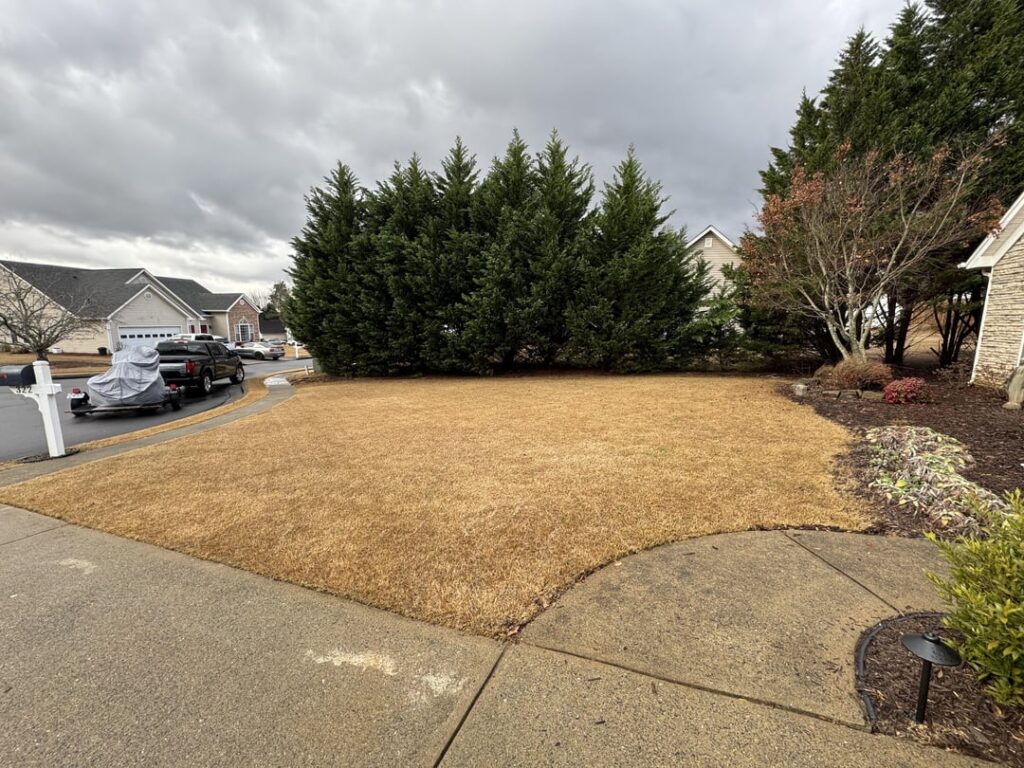
5 Comments
Apply spring pre-emergents when the 5 day average soil temps are in the 50-55F range. Or use [this tracker](https://gddtracker.msu.edu/).
If you have a question about pre-emergents, read the entire label. If you still have a question, read the entire label again.
Pre-emergents are used to prevent the germination of specific weed seeds. They don’t kill existing weeds.
Most broadleaf weeds you see in the spring can’t be prevented with normal pre emergents. You’d need to apply a specialty broadleaf pre emergent in the FALL.
*I am a bot, and this action was performed automatically. Please [contact the moderators of this subreddit](/message/compose/?to=/r/lawncare) if you have any questions or concerns.*
Dethatching is a recent trend in lawn care that’s become more common thanks to youtube creators and other non-academic sources. As such, there’s a widespread misunderstanding/misinformation about the topic. This automatic comment has been created in the hopes of correcting some of those falsehoods.
Thatch is the layer of stems and roots, both living and dead, that makes up the top layer of soil. Grass clippings are not thatch and do not contribute to thatch. The thickness of thatch can only be assessed by digging into the soil.
Some thatch is good. While some academic sources say that under 1 inch of thatch is beneficial, most settle for half an inch. Thatch is beneficial for many reasons (weed prevention, traffic tolerance, insulation against high temps and moisture loss, etc) and should not be removed. Over half an inch of thatch may not warrant removal, but the underlying causes should be addressed. An inch or more of thatch SHOULD be addressed. Dethatching as a regular maintenance task, and not to address an actual thatch problem, is NOT beneficial… Again, some thatch is good.
Thatch problems are not typical. Excessive thatch is a symptom of other issues, such as: over-fertilization, overwatering, regular use of fungicides, excessive use of certain insecticides, high/low pH, and the presence of certain grasses (particularly weedy grasses).
Dethatching with a flexible tine dethatcher (like a sunjoe) causes considerable short-term and long-term injury to lawns, and is known to encourage the spread of some grassy weeds like bentgrass, poa annua, poa trivialis, bermuda, nimblewill etc. In some RARE cases, that level of destruction may be warranted… But it must be done with great care and attention.
A far less damaging alternative to dealing with excessive thatch is core aeration. Core aeration doesn’t remove a significant amount of thatch, and therefore doesn’t remove a significant amount of healthy grass. BUT it can greatly speed up the natural decomposition of thatch.
Verticutters and scarifiers are also less damaging than flexible tine dethatchers.
For the purposes of overseeding, some less destructive alternatives would be slit seeding, scarifying, manual raking, or a tool like a Garden Weasel. Be sure to check out the seeding guide [here.](https://www.reddit.com/r/lawncare/s/pUsKCxyvwQ)
Additionally, be sure to check the list of causes above to be sure you aren’t guilty of those.
*I am a bot, and this action was performed automatically. Please [contact the moderators of this subreddit](/message/compose/?to=/r/lawncare) if you have any questions or concerns.*
What type of grass is that?
Your new neighbors love you. Beautiful lawn.
lol I can tell it’s not your first season with grass tho
Great work!